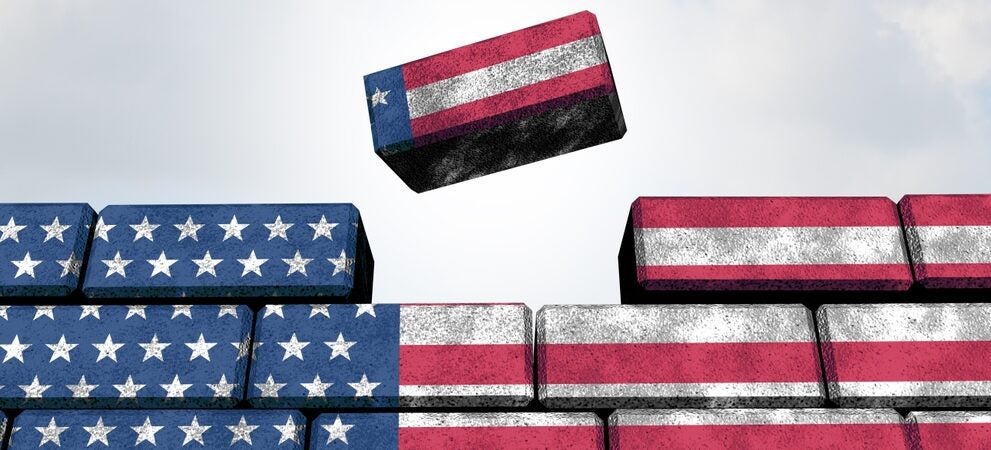Introduction
President Donald Trump threw the world trading system into disarray with his “Liberation Day” announcement on April 2, 2025. The principles behind the General Agreement on Tariffs and Trade of 1947, where 23 nations agreed to minimize barriers to trade, were abandoned. In its place was a system of baseline tariffs and “reciprocal tariffs” (purported to reflect the level of tariffs, non-tariff barriers, and “cheating” by other nations against American exports) on goods entering the United States.
At time of writing, the full effects of this revolution have not been seen. The reciprocal tariffs were paused, and a series of “deals” and exemptions were in the process of being worked through. However, the nation’s negotiated trade agreements with other nations, and its obligations under the World Trade Organization, were ripped up. Conventional trade economics suggests that Americans will see higher prices and fewer choices, businesses will go under, and jobs will be lost.
The rationale behind the announcement is unclear and appears to vary day to day. Sometimes it is claimed that tariff revenue will make us rich and enable us to replace the income tax. Other times, the motivation appears to be the reshoring of manufacturing, either strengthening the defense industrial base or providing the middle class with jobs that pay enough for only one parent to have to work. On other occasions, it is claimed that the threat of tariffs will be enough to get other countries to lower their trade barriers.
Mainstream trade economics suggests none of this will happen as advertised. Revenue will provide only a fraction of what is needed to support the modern welfare state (which is not under threat). Reshoring manufacturing may happen, but at the expense of better opportunities. With many thousands of manufacturing job vacancies, it is unclear who is clamoring for the return of lower-skilled manufacturing jobs. And so far, the threat of tariffs has been met with reprisal rather than negotiation; other nations are not going to surrender unilaterally.
Throughout the period of modern trade uncertainty, the Competitive Enterprise Institute has warned of these likely adverse consequences. To this point, our analysis has been proven sound. The steel and aluminum tariffs of the first Trump administration, for instance, resulted in higher prices and job losses in ancillary industries. Retaliatory tariffs on US agricultural exports required bailouts for farmers, and so on.
Given the likely failure of the Liberation Day approach, it is necessary to suggest alternatives. In contributing to the Heritage Foundation’s Mandate for Leadership 2025 (popularly known as Project 2025), we set out a positive vision for America’s trading future in the hope that whoever was elected president in 2024 would choose to follow that route. This report restates that approach and advances it once more for consideration, but aims it squarely at Congress, where our founders placed responsibility for trade policy.
General principles of trade: Trade policy is about more than goods and services. It is a statement of American identity. Our trade policy choices reveal America’s values and where we put our trust. Do we place our trust in politicians to revive a declining country, or do we trust in America’s tradition of entrepreneurs and everyday people blazing new trails? Should America erect barrier after barrier to international trade in an effort to bring back manufacturing jobs or for other purposes? Or should America lead China and the rest of the world by forging its own path of openness and dynamism? Our trade policy decisions will tell us what we Americans really think of ourselves.
This paper seeks to counter the pessimism that dominates both parties, while providing a positive reform program rooted in American institutions such as the separation of powers and the principles of free trade. A decade of president-driven tariff hikes has failed and is about to again. Yet the president only has this power on Congress’ sufferance. It is time for Congress to reclaim its proper authority. Removing trade barriers can spark economic growth, improve living standards, provide good jobs, increase revenue, and advance America’s foreign policy interests. As with so much else in life, the only obstacle is politics.
To read the study as it was originally published on the CEI website, click here.
To read the full PDF study, click here.


